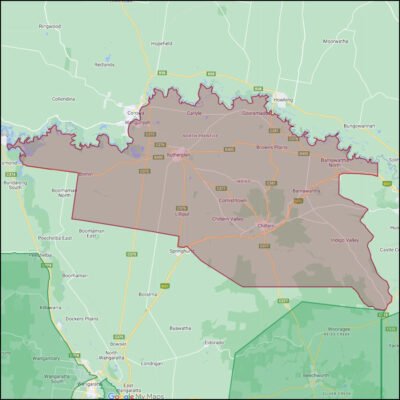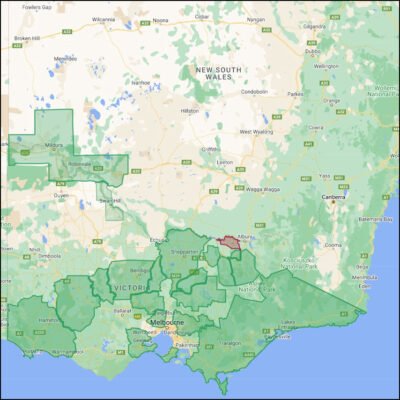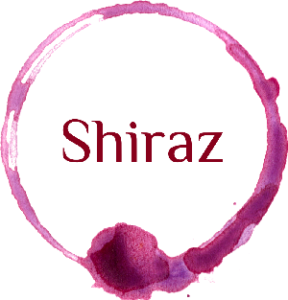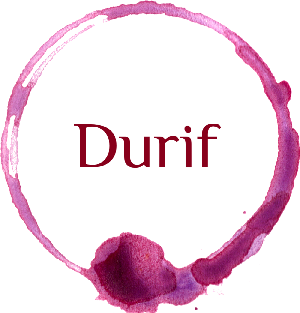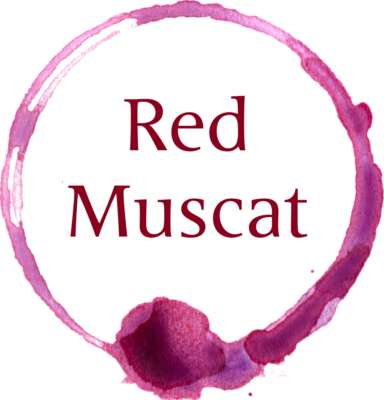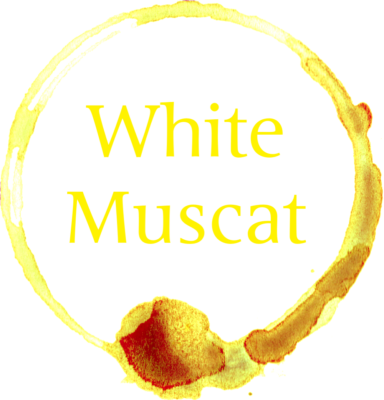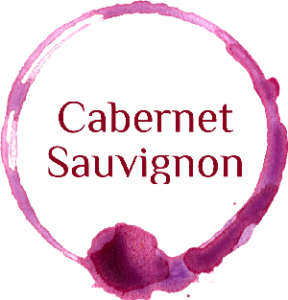The Rutherglen wine region is located in the northeastern part of Victoria, approximately 250km northeast of Melbourne, centring on the town of Rutherglen. It forms part of the North East Victoria wine zone bordering New South Wales. The zone is shared with King Valley, Alpine Valley, Beechworth, and Glenrowan. It is best known for its fortified wines and continental climate.
This is one of Australia’s oldest wine regions, with a history spanning some 160 years. It has played a significant role in shaping Australian wine. Once home to the largest wine producers in the Southern Hemisphere, Rutherglen is now known for its boutique, family-run estates that produce bold wines, including world-leading fortified styles.
The wine industry emerged here in the 1850s during the gold rush, and today, the region is home to sixth- and seventh-generation producers who are dedicated to running family-owned wineries.
The unique terroir in Rutherglen plays a major role in producing a wide variety of wine styles, from aromatic white wines to full-flavoured reds and some of the world’s richest fortified wines. The continental climate brings warm, sunny days, cool nights, and a long, dry ripening season that results in rich fruit and intensely flavoured wines. Rainfall is moderate, usually occurring during the winter months, while warm days and cool nights during the growing season help maintain the balance of acidity and sweetness in the grapes.
The region is famous for its rich fortified wines, particularly its Muscat and Tokay, which have won numerous awards globally. It is also well known as the Muscat capital of Australia, if not the world.
Top Stats
Harvest
End Feb to early May
Mean Jan temperature
23.7°C
Area of Vine
781 hectares
Altitude
122 – 592m
Growing season rainfall
330mm
Principal Varietals
Rutherglen is famous for its fortified wines, but by volume, Shiraz is the most prominent varietal in the region, claiming a massive 43% of the crush in 2023. Shiraz from Rutherglen tends to be rich and robust, featuring ripe dark fruits like plum and blackberry, with peppery spice, liquorice, and earthy undertones. The region’s warm climate contributes to its full body and smooth tannins, often enhanced with oak ageing.
The region also produces world-class Durif, accounting for 16% of the crush. Durif, also known as Petite Sirah, produces powerful, deeply coloured, full-bodied red wines. Rutherglen Durif is known for its intense blackberry, plum, dark chocolate flavours, firm tannins and peppery spice. It’s a bold wine with excellent ageing potential.
It’s no surprise that Muscat had to be up there, making up 15% between the red and white varietals, 8% and 7%, respectively. Rutherglen Muscat is classified using a tiered system that indicates the wine’s complexity level. The four descriptions mark a progression in richness, complexity, age and intensity of flavour. Age is only one factor in determining a wine’s classification, but it does provide an important clue. Each producer of Muscat of Rutherglen has their own “House Style” within the classification system. Depending on this, colours range from amber to deep brown-black with olive hues. The wines are full-bodied with flavours of raisin, dried fig, roasted nuts, Christmas spice, toffee, salted caramel, dark chocolate, and molasses.
Cabernet Sauvignon is also very popular in the region, ranking fifth with 5% of the crush, and is known for its robust structure and concentrated dark fruit flavours, such as blackcurrant and cassis, alongside herbaceous and earthy undertones. The warm climate enhances the ripeness of the fruit, resulting in a rich, smooth wine with balanced acidity. Red dominates Rutherglen with an 80/20 split of red to white wines.
Noteable Varietals
Rutherglen is influenced by the continental climate of the European wine regions of the Iberian peninsula, including Spain, Portugal, and France, which is giving rise to a new wave of exciting varieties and styles.
The growers and winemakers in Rutherglen are embracing change by experimenting with alternative grape varieties, testing different winemaking techniques, and creating new wine styles. Varietals such as Arneis, Fiano, Marsanne, Roussanne, Savagnin, Viognier, Cinsault, Tempranillo and Malbec.
Source: www.wineaustralia.com,


